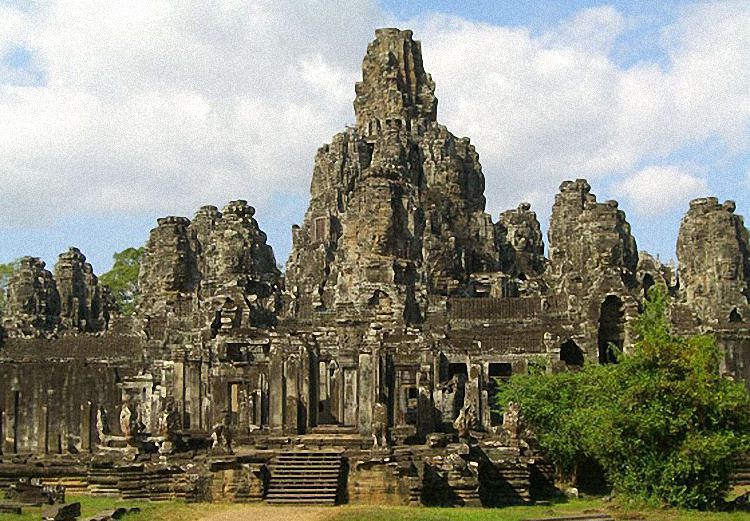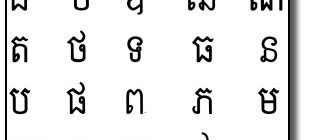Learn about the ancient Cambodian Buddhist temples. Their artistic value and the position that they hold in the eyes of the locals.
Every religion has its own tenets and practices centered upon supernatural, moral claims about reality, human nature, prayer, ritual etc. This is how more than 90% of the ethnic Khmers believe in “Theravada Buddhism”. Which originated from India and Nepal during the sixth century.
Buddhism is a non-prescriptive religion of peace and tolerance that does not involve belief in a supreme being. Adherents to this religion make use of temples which are reserved for spiritual activities. Temples are very important to Cambodians as they are not only a centre of religious activities but are also a very integral part of the Cambodian culture, music and dance.
The Cambodia Buddhist temples which reflect pure land or pure environment of a Buddha include a structure called “wat”.
They decorate these temples with the Buddhist sayings as the religion is based on three concepts:
- Dharma, which guides to the right actions of Buddha;
- Karma, which depends on the actions and the deeds of the people in this world. As they are responsible for their own actions;
- Sangha, within which the followers can approve their own Karma.
Angkor Wat
Cambodia has a number of temples. That are rich in culture as the country has been a religious centre since its foundation. Angkor Wat, located in Angkor is an essence of the Classical style of Khmer architecture.
The temple has three galleries and is standing on a terrace which is raised higher than the city. The beautiful walls of the temple are carved with Hindu epics. And this makes the temple a centre of attraction for all the tourists.
It also symbolizes soul and pride of the Khmer kings as they pray for the protection of their people and kingdom. Both the entrances of Angkor wat are guarded by the statue of “Vishnu” and inside there is a huge column having four sides, each side telling a different story of the religion of Buddhism.
Bayon Cambodia Buddhist Temple
“Bayon” which is another Buddhist temple built in the 12th century as an official state temple for the King. The distinctive feature of this temple is that there are massive stone faces carved on many of its towers.
There are various other categories of temples like “Krol ko”, “Preah Khan”, “Ta prohm” that uniquely defines Cambodian culture and religion. The temples clearly signify spirituality as a belief of religious significance
Generally the Cambodian Buddhist temples consist of meeting/prayer room, relics of Buddha, religious texts or objects and sometimes the living quarters for the monks. In Cambodia a “wat” is generally used to refer to a Buddhist place of worship, but the real term is “wat pootassasna”.
These temples not only exert a pull on religious Cambodians but also a lot of tourists get attracted to the beautiful and artistic designs of the temples.
The Cambodian flag also has a picture of Angkor wat which they call “The Temple” as it is the largest and the most visible religious centre in the country. This shows that their temples are a symbol of the glory of Cambodian culture.





